Chapter 10. Bringing Salmon Home
“Yeah, I felt so deeply for the people. I thought to myself, if there’s one thing I do on this earth, I’d love to be able to be in a position that would help to see, in shape or form, that that happens. That they get their fish back.”
– Dirk Barr, fish culturist, New Zealand
Listen and subscribe to The Spiritual Edge wherever you listen to podcasts - Apple Podcasts, Spotify, Google Podcasts.
By Judy Silber
JUDY SILBER: What will it mean for you to have the salmon come back?
CHIEF CALEEN SISK: Something that has been missing, something taken away from us has now been replaced in that river and because of that, things will change for us. We don’t know what. Because we’re not a recognized tribe. It’s not going to give us fishing rights. It’s not going to give us land back on our river. We don't know what it will do. But we know that the salmon are our leaders and they are a change agent.
CHIEF SISK: And that if we do this prayer, that something will happen, but we don’t know what exactly it would be for us, I think the salmon are our only hope. She laughs.
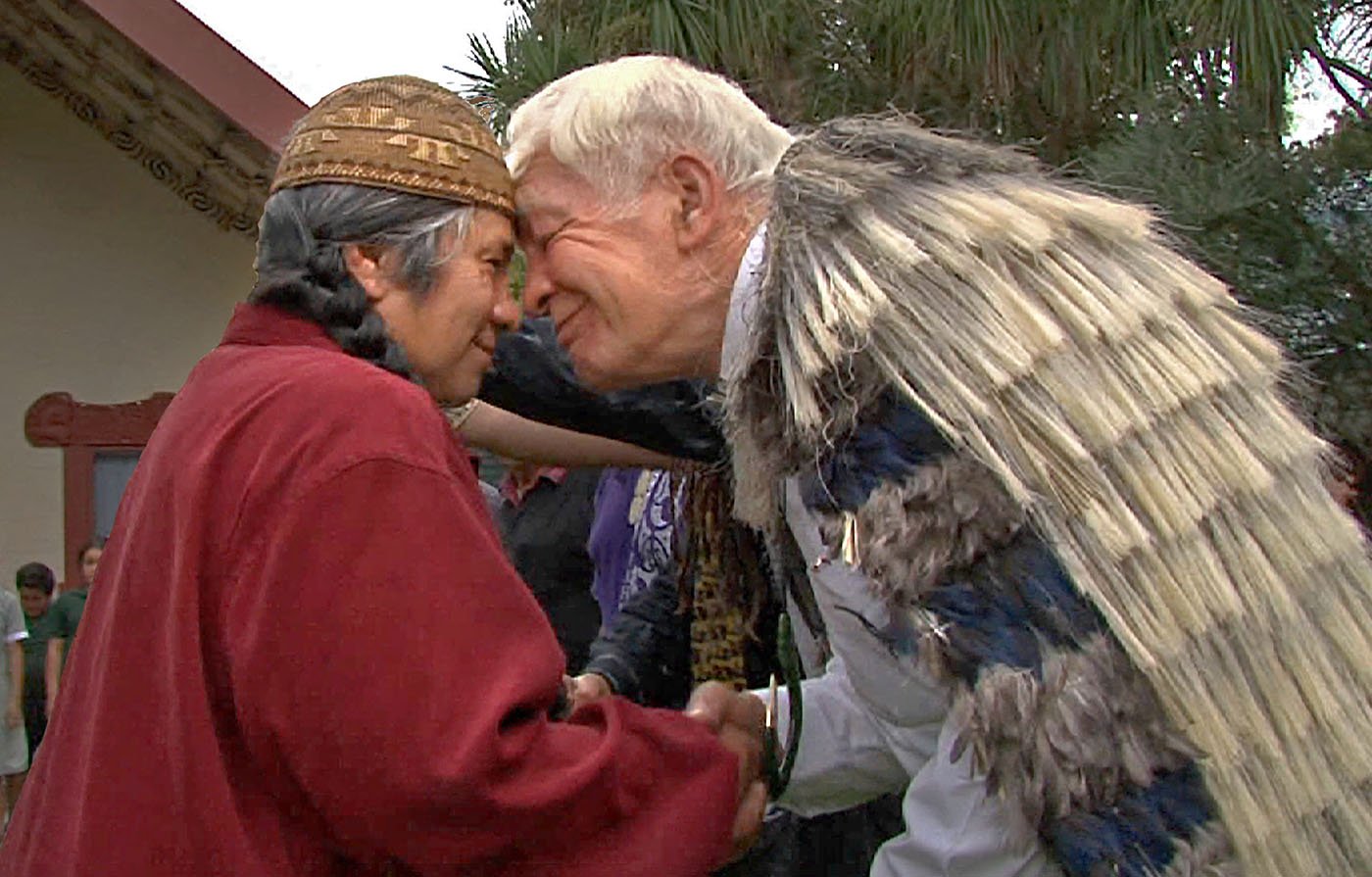
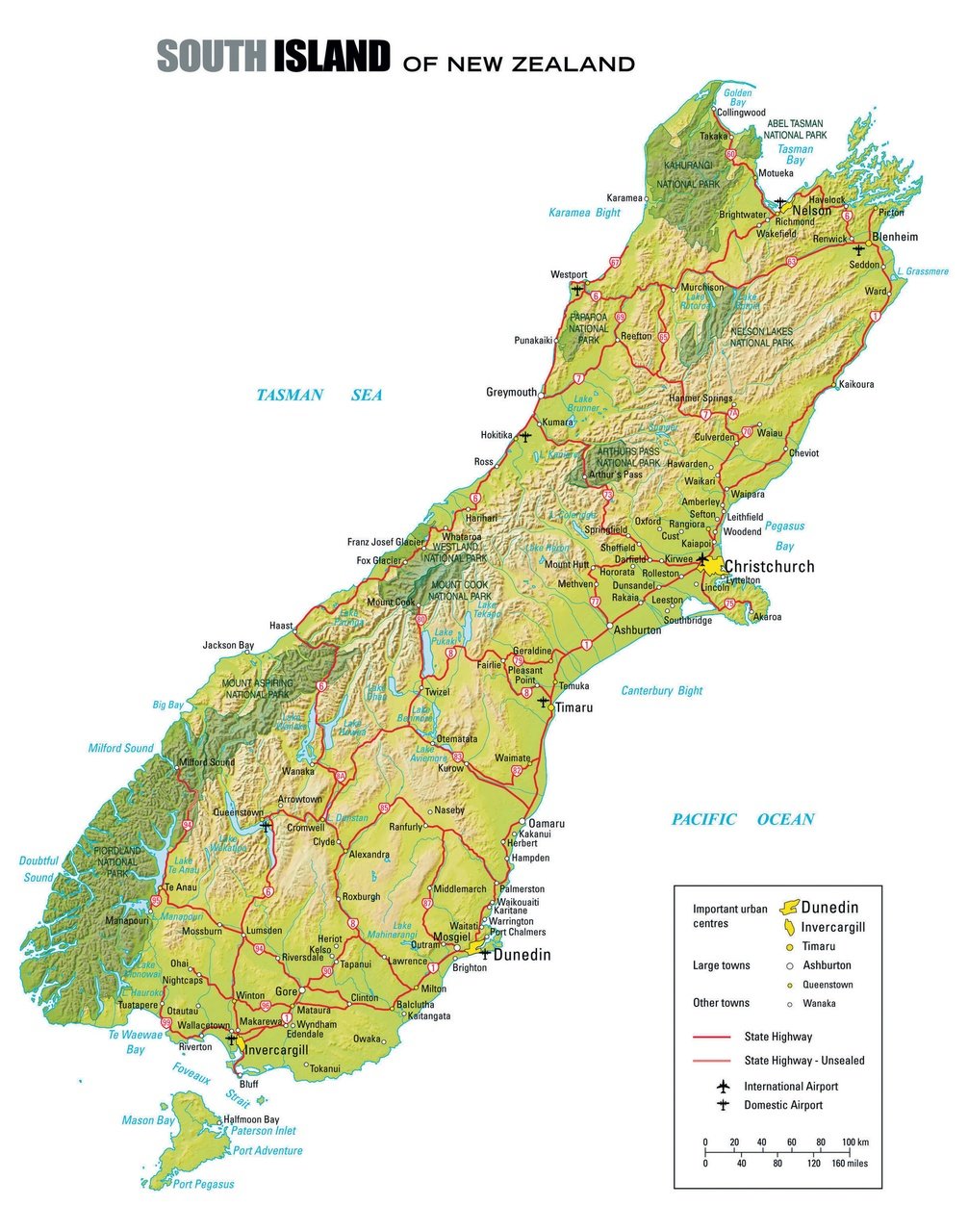
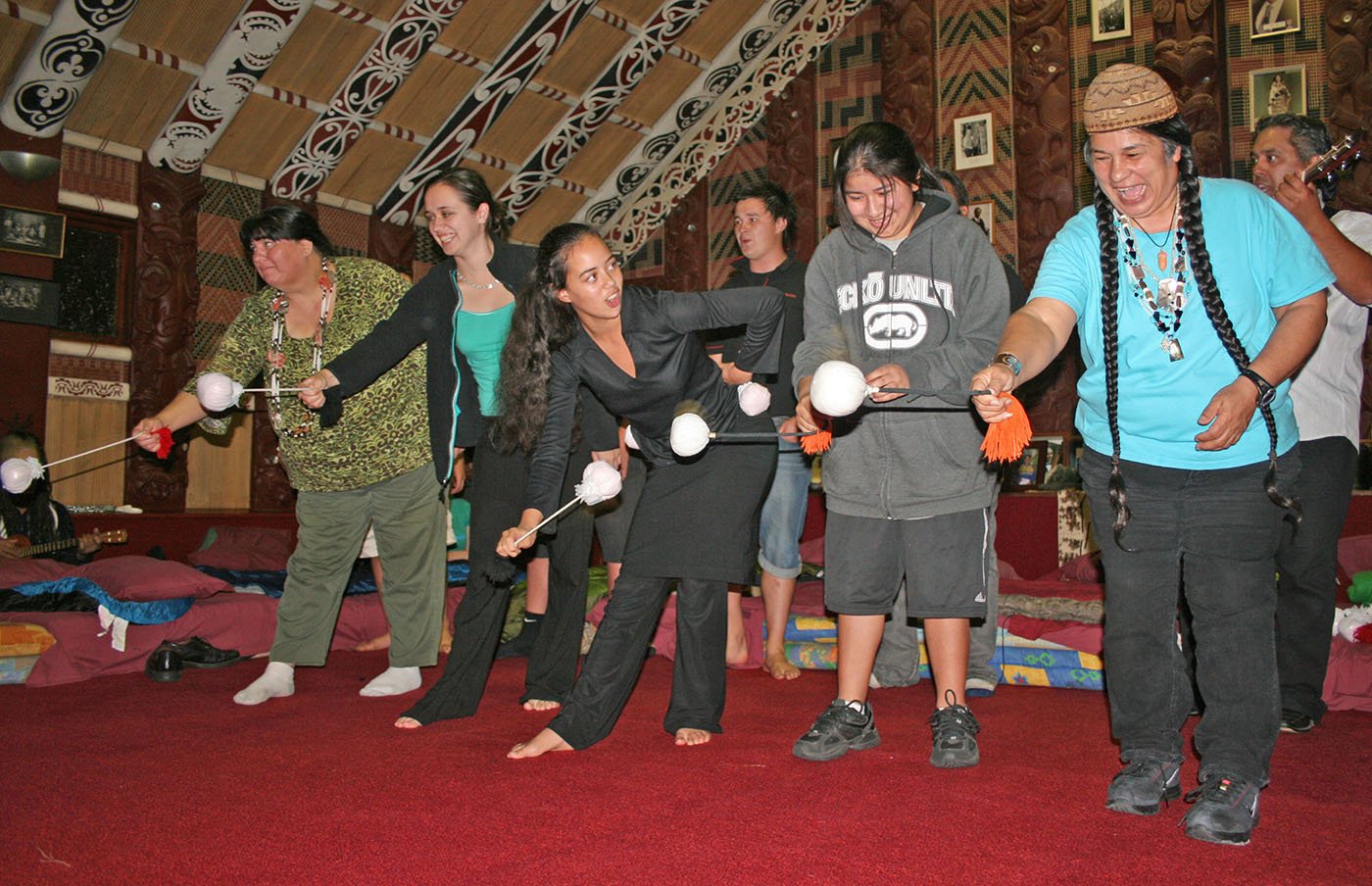
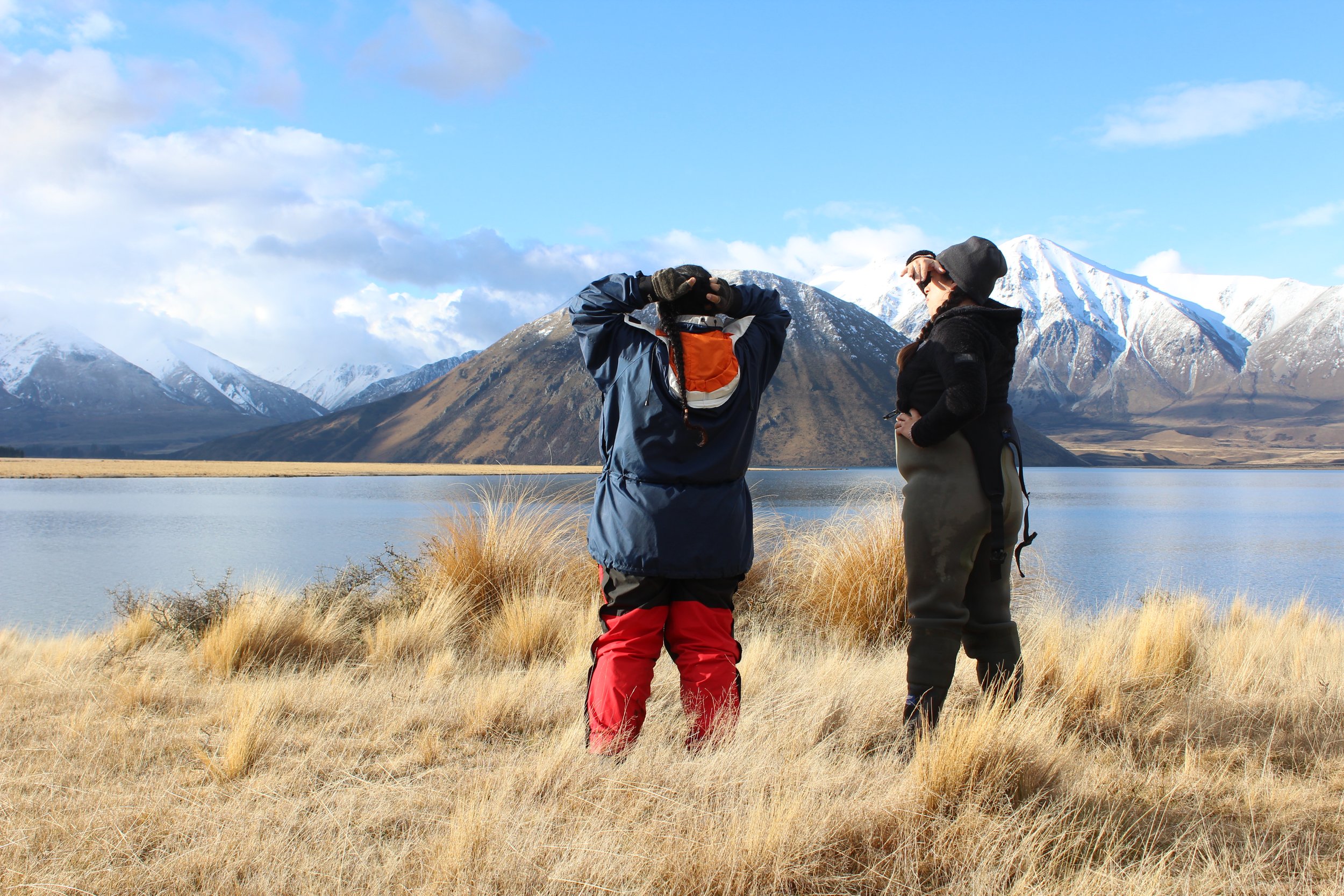
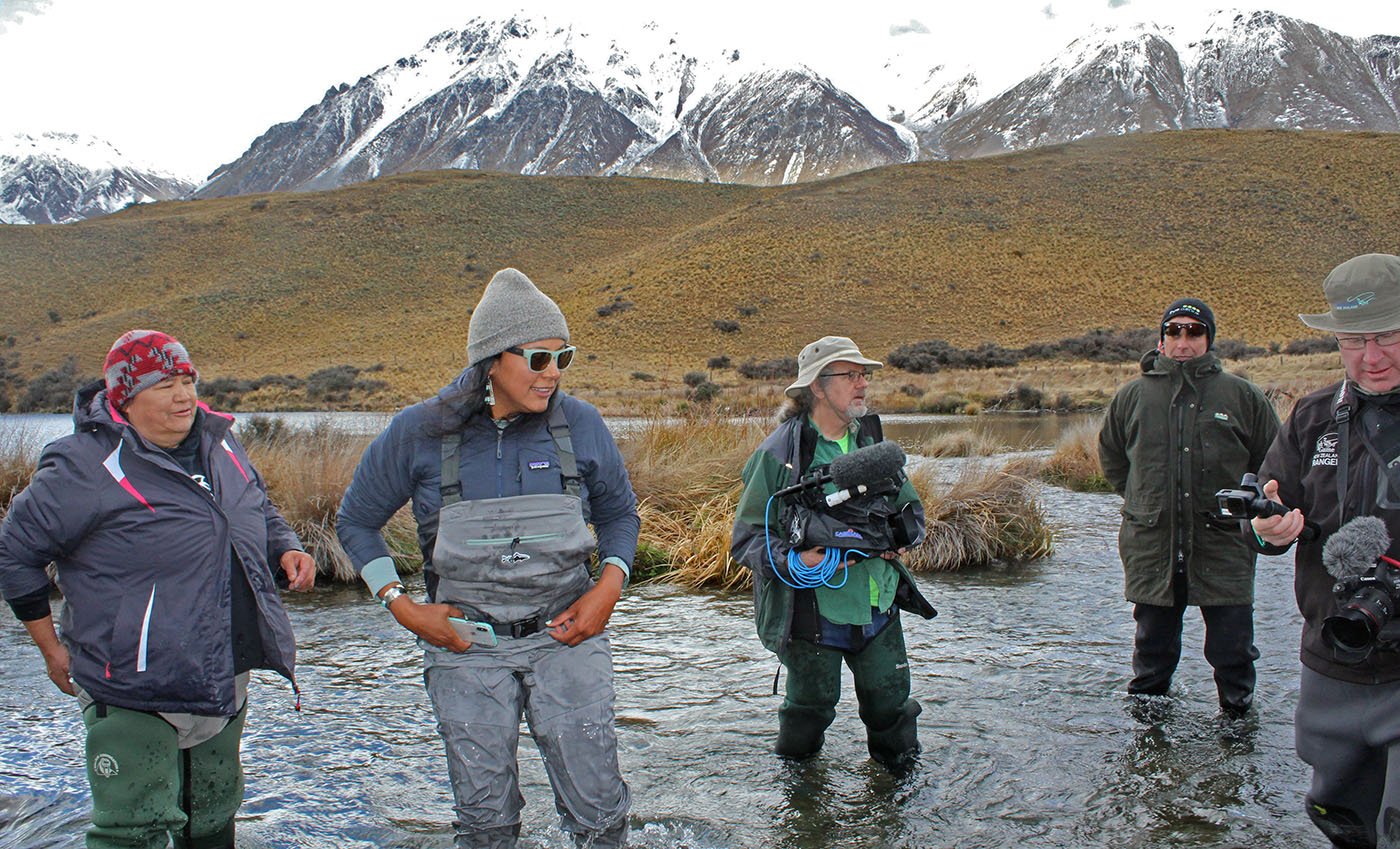
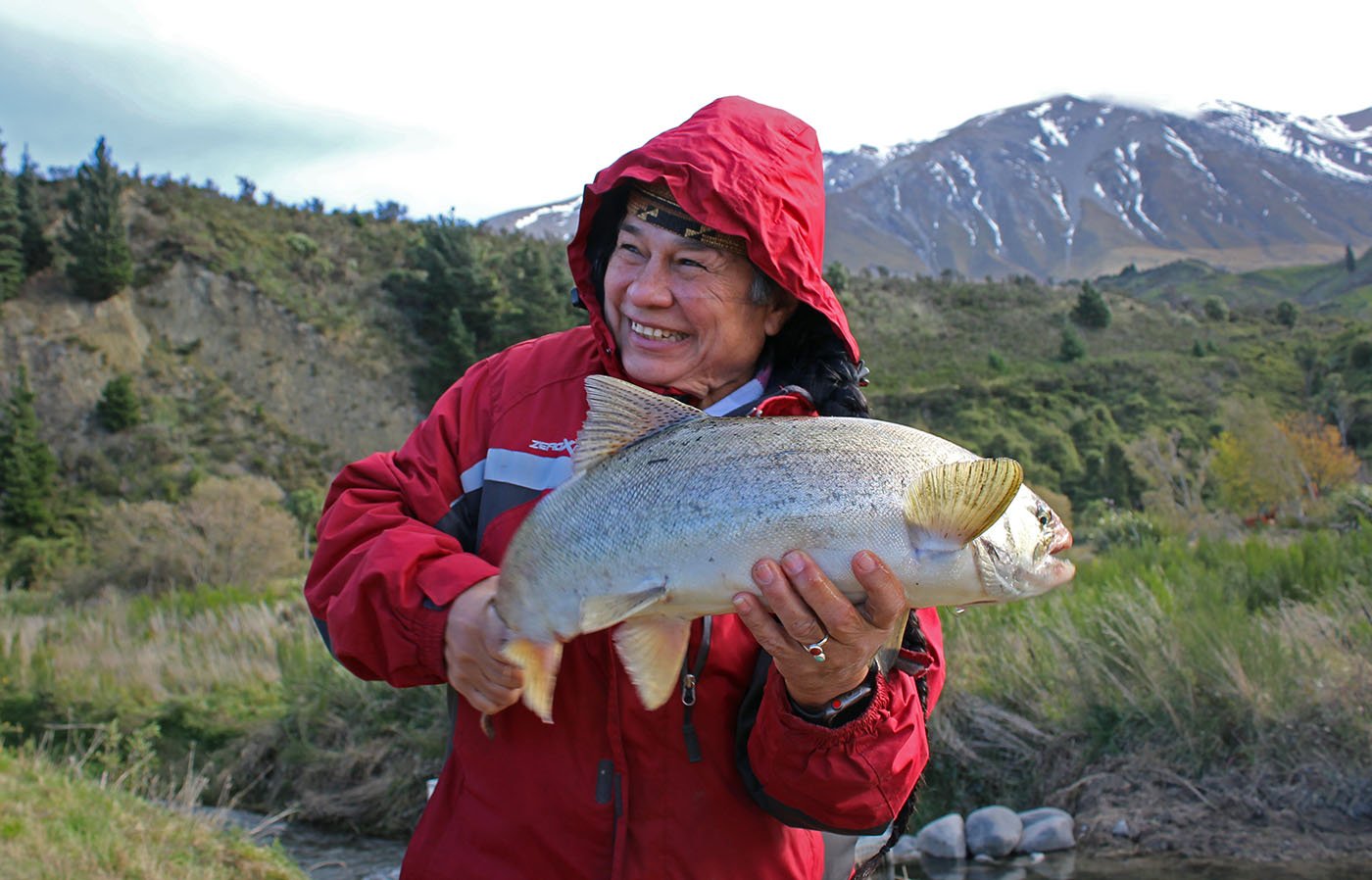
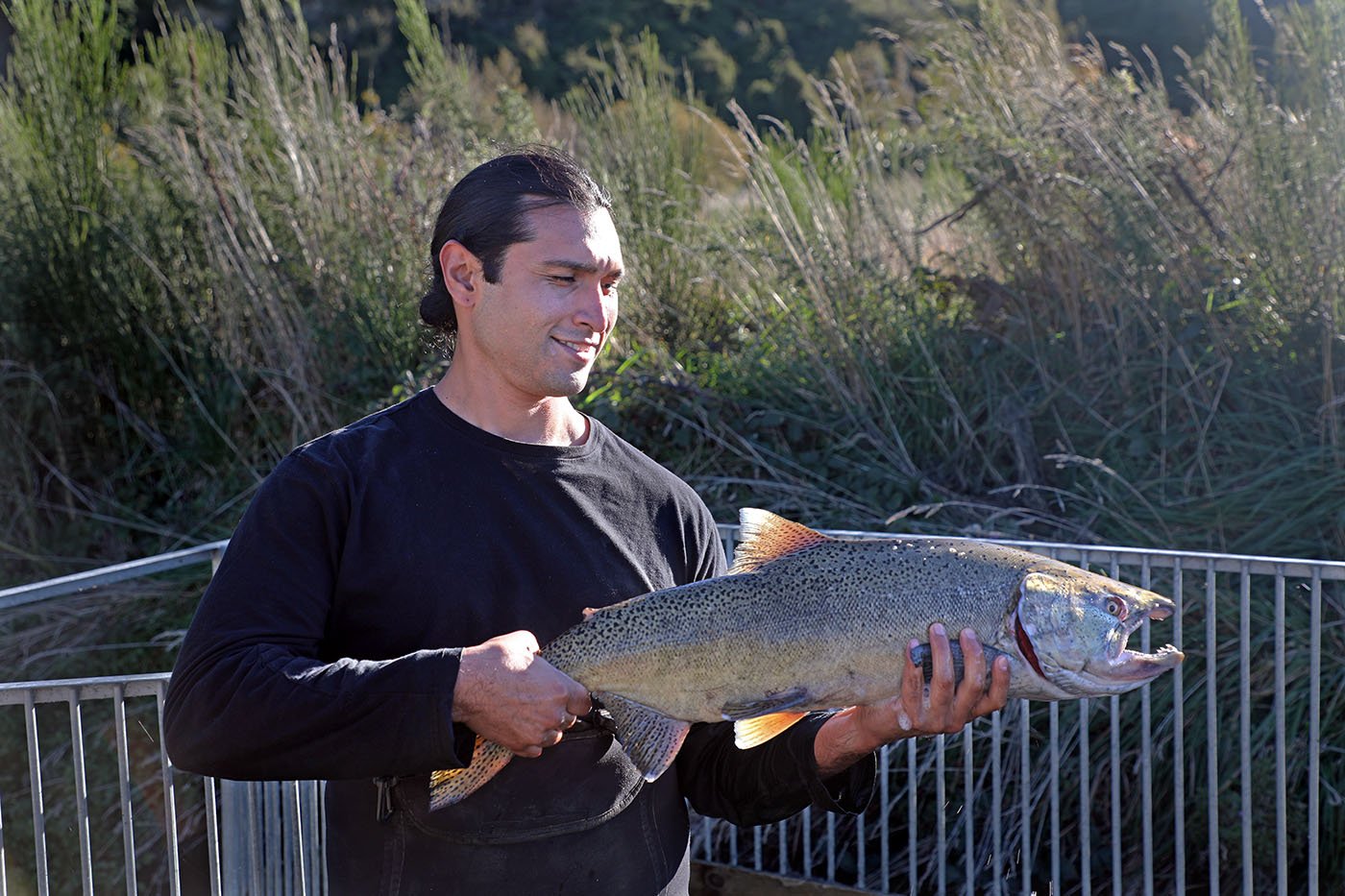
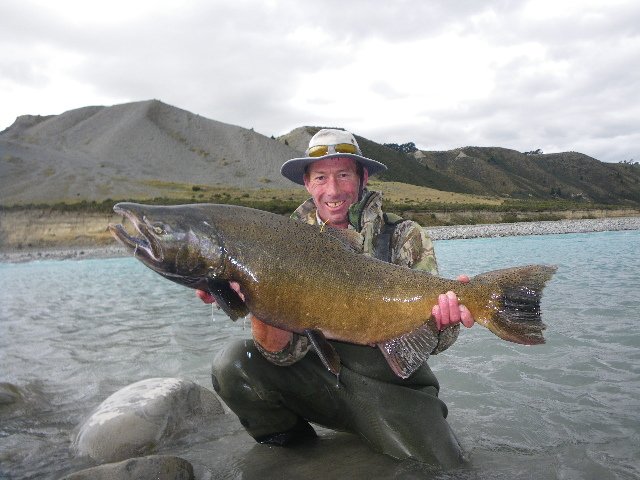
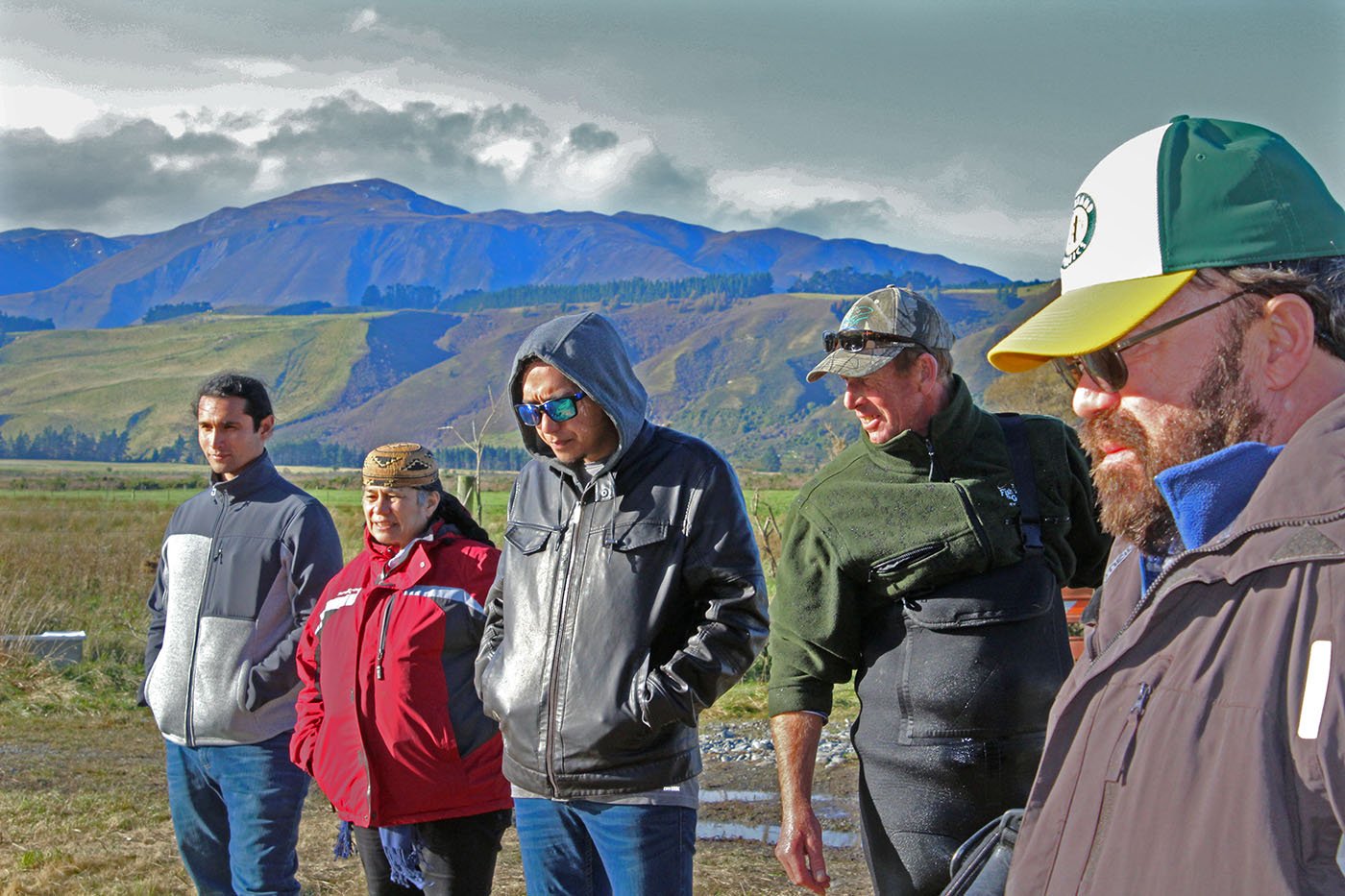
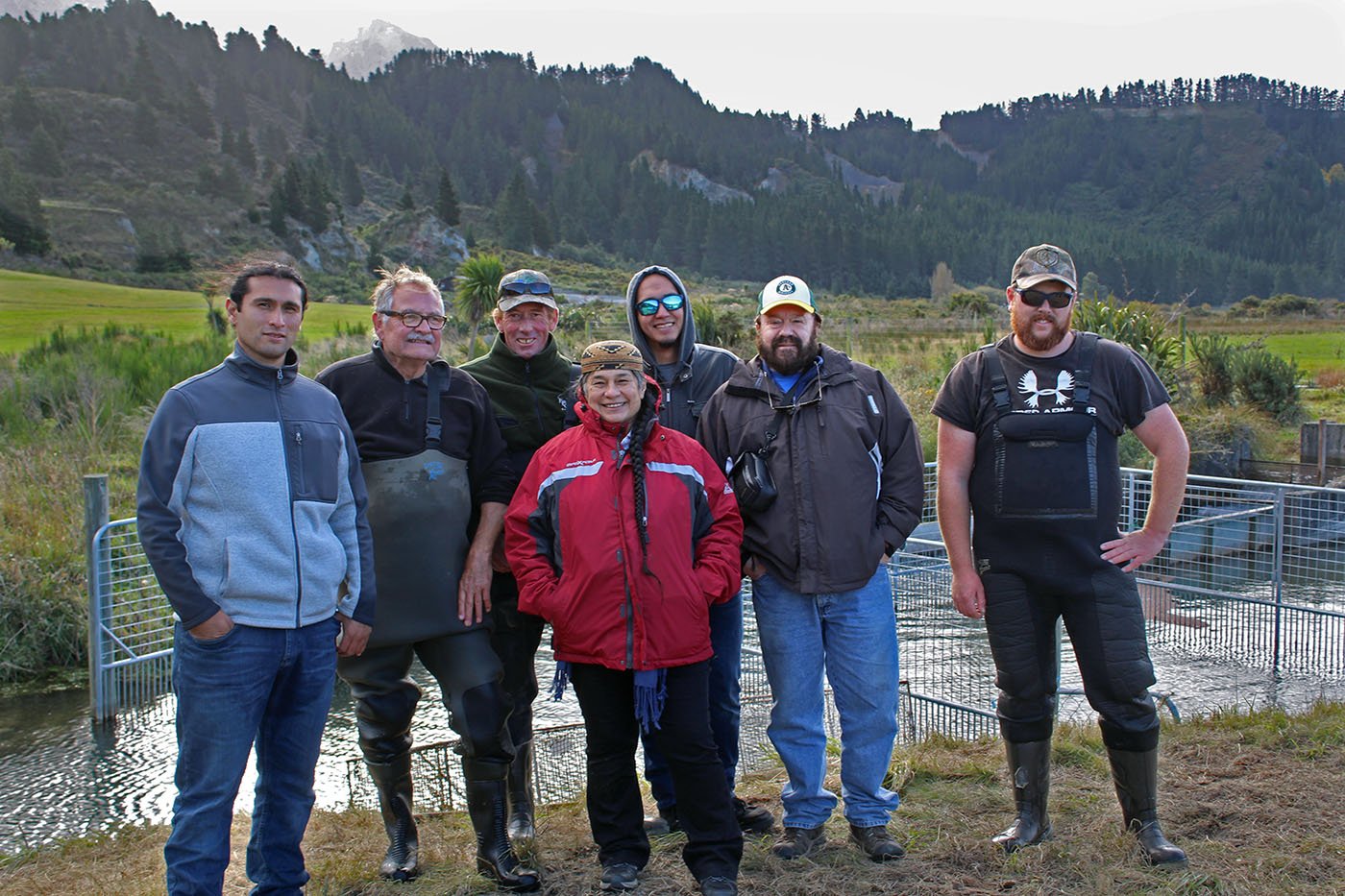
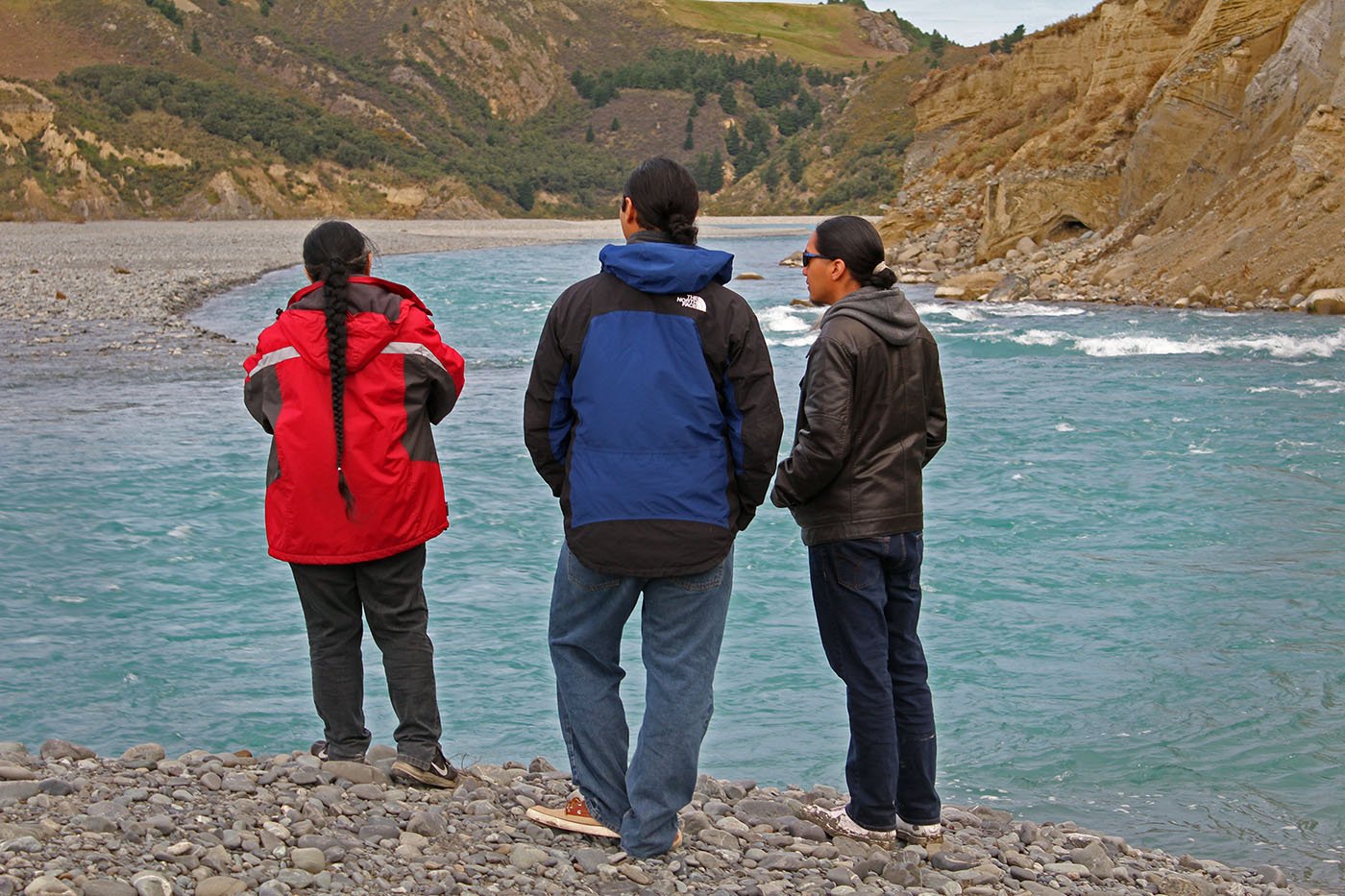
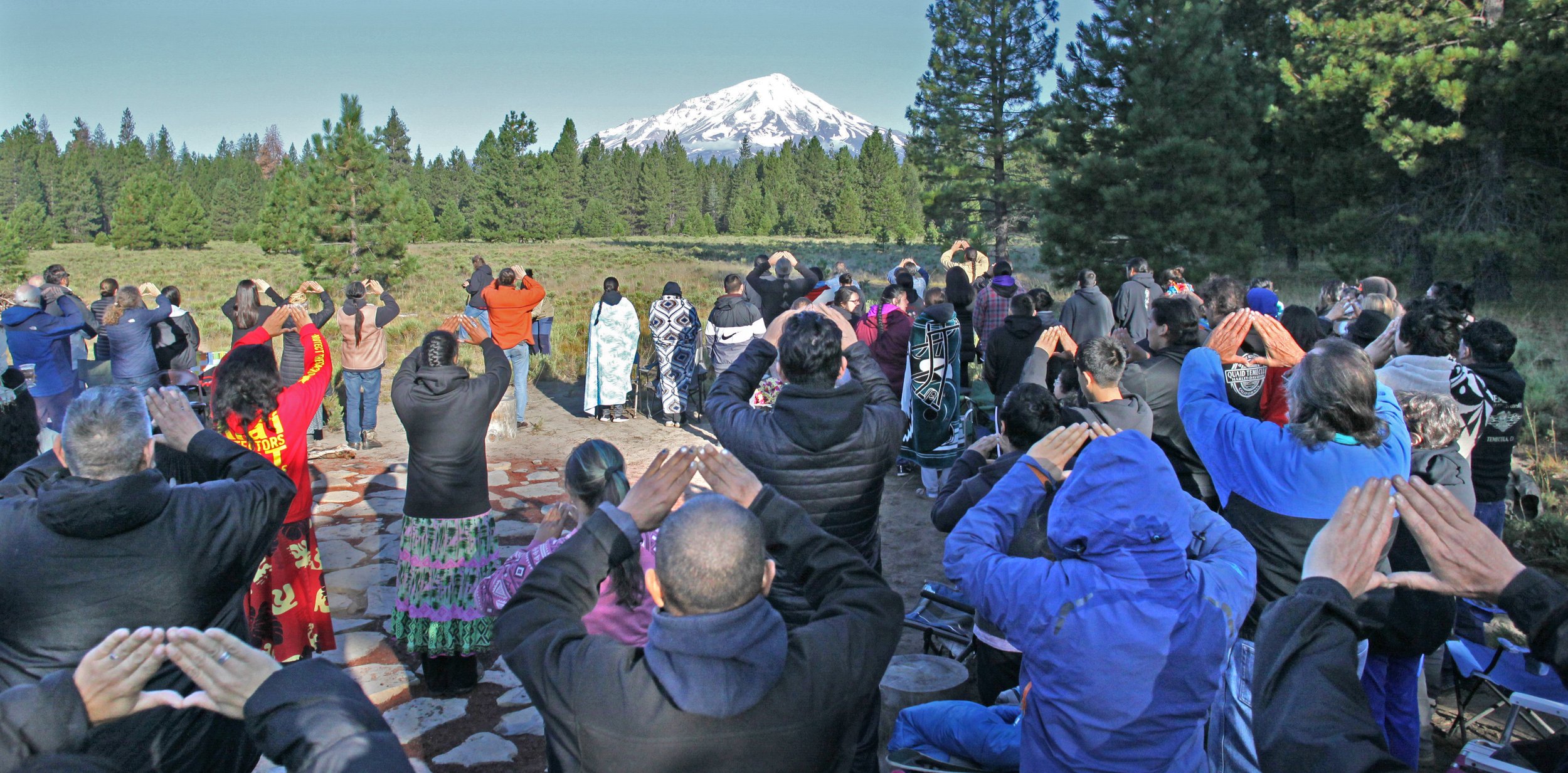
SILBER: Lyla June, the Winnemem Wintu are fighting for something for what a lot of people would say is just an impossible dream. It’s almost like they want to bring the state of California both backwards and forwards at the same time.
SILBER: They have this vision of California being a salmon state. They want to return Chinook salmon to the waters of the McCloud River, which is a place where they no longer swim. They hold steadfast to this dream and I’ve know the Winnemem now for five years. When they say they’re not giving up, they really mean it.
SILBER: So they’re not celebrities with some big influence. They’re not elected officials. But they are leaders. Would you say that they’re emblematic of indigenous leadership?
LYLA JUNE: Yes, I would. Because indigenous leadership, although we’re not monolithic and you can’t say all native people are the same, we do have a unique leadership ethic that is really rooted in humility and being a warrior for people that are outside of you and beyond you.
LYLA JUNE: I don’t mean a violent warrior. I mean a warrior who stands up for those less fortunate. And a warrior who stands and fights for what’s right.
LYLA JUNE: And so, leaders in indigenous cultures are usually at the back of the line. It’s not a position of privilege. You don’t get a white house. You don’t get a limousine. You actually usually have the least among your people because you’re busy taking care of others.
LYLA JUNE: And so, indigenous leadership is not a position of privilege, or even the word president, you’re presiding over. You’re more like leading from below. And so, it’s not a position of privilege, it’s a position of great responsibility.
SILBER: I certainly see that with Chief Caleen Sisk, that she carries this great responsibility, not only for her people, but also for the salmon. And even you could say, for the waters of California. How do you see her incorporating these indigenous values into how she acts even on an everyday basis?
LYLA JUNE: Yeah, indigenous leadership also has to do with following spirit and following the mountains. Like Dene people, my people, we say that the mountains are our leaders. So even though we have these human leaders, they are trying to listen to the mountains. They’re trying to tap into the weather. They’re trying to tap into what we call spiritual forces and they’re trying to lead us according to that.
LYLA JUNE: They take their directives from something bigger than them. And that’s why we trust them, actually.
LYLA JUNE: So I think Caleen does that. There’s this amazing video of her giving a speech in Point Reyes and she’s holding up this big wooden fish, this big wooden salmon with feathers coming off it. The entire time she’s speaking, she is tapping into the leadership of that salmon.
LYLA JUNE: So she’s a leader, but she is led by the salmon. And so I think she very much exemplifies indigenous leadership in its most traditional form. There’s also this notion that indigenous peoples have this divine duty to take care of the earth and our leaders help us do that.
LYLA JUNE: In Winnemem Wintu culture, they say that the salmon gave them their voices so they must speak for the salmon. And I think in that sense, she is carrying out what we find throughout indigenous cultures, of really being a warrior. Not just for your own people, for all people. Not just for humans, but for all creatures. And not just for our own planet, but for the whole cosmos, to hold that love in our hearts.
***
MICHAEL PRESTON: The message came through of the salmon going through the ice waterfall. It was going to go away from the river. At the time, they’re like, what? How are the salmon going to go away?
There’s a Winnemem Wintu prophecy that had always puzzled Chief Caleen Sisk. It arose in the late 19th century after the U.S. government established the West Coast’s first salmon hatchery on their river, the McCloud. The prophecy said salmon would go away, but then wait in the ice waterfalls.
CHIEF SISK: It’s like here’s this story about the salmon will wait for us. Right?
CHIEF SISK: And I was thinking, I wonder if that’s true or not. You know how you get. It’s like here's this story. I wonder if that’s a true story.
She had so many questions. How did her ancestors know the salmon would disappear? Because at the time, there were loads. And then there was the idea that the salmon would wait behind the ice waterfalls. What did they mean by that?
CHIEF SISK: And then we did the war dance on the dam. In 2004. And at that dance, we were telling the world because they're planning to raise the dam to flood our sacred sites and so we were there to tell the world what’s happening here.
CHIEF SISK: And after that, we heard from New Zealand that they had our salmon.
This is where we left off in the last episode. The Winnemem Wintu had just performed a war dance at Shasta Dam. News of the protest spread around the world.
CHIEF SISK: And so once that happened, I got an email saying that they had our salmon.
A New Zealand professor named Roy Montgomery wrote to the Winnemem Wintu. Salmon from Northern California swam in New Zealand, he told them. Their origins could be traced back to the McCloud River, and possibly other creeks nearby. This was news to the tribe. It got them thinking: could they get these salmon back?
SILBER: But how did you feel when you got that email?
CHIEF SISK: Oh, we were ecstatic. It was like yeah, we want our salmon back.
New Zealand’s salmon population exists because of eggs shipped from Northern California about 100 years ago. There’s some debate in the scientific community about whether the stock originated in the McCloud River or another nearby waterway called Battle Creek. But the Winnemem Wintu fully believe that these are their fish. Their existence lines up perfectly with the prophecy.
CHIEF SISK: Their mountain has ice waterfalls and it’s the only place in the world that the salmon thrived and lived. Everywhere else they sent our salmon, they died.
Ever since the Winnemem Wintu discovered those salmon were in New Zealand, they’ve been intent on bringing them back to the McCloud. I’m going to tell you about those heroic efforts that have now gone on for nearly two decades. But first, we’re going to first go back in time. So you can understand how those fish got to New Zealand in the first place. Because they didn’t swim there.
We start in 1871. On the East Coast, fish stocks were plummeting. Fishermen were turning on each other, fighting for a dwindling catch. So Congress established a brand new United States Commission of Fish and Fisheries. They asked a renowned naturalist named Spencer Baird to lead it. He thought science could help establish regulations that would preserve the ocean’s fish. But local politicians wouldn’t listen. So Spencer Baird started pushing a different tactic: hatcheries.
JIM LICHATOWICH: And his intention, really when you strip away all of the rhetoric, his intention was that hatcheries would replace conservation. They were a substitute for conservation.
This is Jim Lichatowich, a biologist and author of several books about salmon. The rationale was: if overfishing couldn’t be stopped, then hatcheries would provide a steady supply of fish in the same way that farms grow food.
LICHATOWICH: This appeal to hatcheries has persisted for, you know, 140 years.
For all that time, the government has invested in hatcheries, as if it could make up for man’s hubris: including overfishing and dams. It hasn’t worked. Salmon runs are imperiled. Yet Spencer Baird’s legacy persists. In 1872, he sent a fish culturalist named Livingston Stone out to California. He set up the West Coast’s first salmon hatchery on the McCloud River. The hatchery sent salmon eggs to the East Coast by rail. It also shipped eggs to at least thirteen other countries.
RASMUS GABRIELSSON: Well, that was part of a large movement globally around the 1850s onwards
Rasmus Gabrielsson is a manager with New Zealand’s Fish and Wildlife Council.
GABRIELSSON: Around the 1850s onwards where there was acclimatization societies, many new colonies like New Zealand, Australia and other parts of the world.
SILBER: Wait, what did you say? Acclimiti..what societies?
GABRIELSSON: Acclimitization societies.
He tells me that settlers in places such the United States, South Africa, Australia and New Zealand missed plants and animals from their homelands.
GABRIELSSON: And when the pioneers came to New Zealand, they saw lakes and rivers that in their minds were empty. They saw an empty niche for fish that they were used to seeing, like salmon and trout from their homelands, that didn’t exist here because we’re on the other side of the equator.
From the McCloud River hatchery, Livingston Stone sent shipments of salmon eggs to New Zealand. But if they did give rise to salmon runs, they would have been small. High up in the mountains. Invisible to most people. So in the early 1900s, the New Zealand government decided to try again, this time in a more systematic way. They secured at least four big shipments with millions of salmon eggs from Northern California, including the McCloud. Then New Zealand’s Chief Inspector of Fisheries focused on planting them in just one river — the Waitaki on the country’s South Island.
GABRIELSSON: Big system with a lot of flow that’s attractive to salmon. Number of stable spring creeks and side tributaries and he picked one of those. And his idea was instead of before, putting a few fish everywhere, he wanted to focus his efforts for a number of years on one system and really give it a good go. And very quickly, that proved to be a successful strategy.
New Zealand now had the beginnings of what would become a robust, recreational salmon fishery. Chief Sisk didn’t know any of the New Zealand history until after the war dance in 2004. But once heard, she knew immediately she wanted those fish back on the McCloud.
CHIEF SISK: Of course, then we had really no capacity to travel there and to really push that forward right then.
But the seed had been planted. At a United Nations conference for indigenous rights, Chief Caleen sought out New Zealand’s representatives. She asked what they knew about the salmon, which wasn’t a whole lot. Then back in her home territory, a prayer came through that helped form the beginnings of a plan. The Winnemem Wintu would go to New Zealand to dance and pray for the salmon there.
CHIEF SISK: And so, I was trying to figure out what kind of prayer this is. Is it okay for just me, and maybe two other people, to go? Is it okay for four people? Is that going to answer this call? Because one, halfway around the world. And two, the tickets were pretty expensive.
The Winnemem Wintu started fundraising. As the money became available, they bought tickets one by one.
CHIEF SISK: And then, because of our regalia, because we’re going to dance on the river, we had to find out how do we get our regalia into the country?
The regalia contain animal parts restricted by endangered species laws.
CHIEF SISK: Getting out of the country with our eagle feathers and getting into the country with a bunch of um, migratory bird feathers and deer hooves, things that had to go through their biosecurity.
In the end, in 2010, 28 people boarded a plane bound for Christchurch. Six years had passed since they’d first heard about the New Zealand salmon.
RICK WILSON: We’re here.
Videographer Will Doolittle accompanied the Winnemem Wintu on their trip. The audio you hear from New Zealand is from his documentary Dancing Salmon Home.
Representatives of the Maori people greeted them at the airport. Here's Michael Preston, son of Chief Sisk.
MICHAEL PRESTON: And they did their whole welcoming ceremony, right there, as soon as we got off the plane. Right there in the middle of everything, and everybody in the airport and it was cool.
It didn’t seem to faze anyone around them.
PRESTON: It was like, wow, we’re in a country that doesn’t deem their indigenous people as outside of the mainstream, that was a comforting feeling for us because we’re not used to that here in California.
Over the next few weeks, the Winnemem Wintu toured the South Island.
CHIEF SISK: We went to the sacred lake and put down prayers with them there. Tried to get familiar with how they saw their country, how they saw the spirit beings. And asking permission that we might be able to do this in a good way.
Everywhere they went, they received a formal welcome from the local Maori. This sound is also from Will Doolittle’s film.
JOHN WILKES: We’re just so pleased to meet those people and have a spiritual relationship that came about through that and their feelings for their fishery and how it related to our feelings with the eel…
This is the late-Maori leader John Wilkes.
WILKES: We give you greetings…May peace and good will dwell amongst us all.
The Maori understood the Winnemem Wintu’s connection to salmon because they have a similar sacred relationship to the longfin eel, a creature that also travels long distances to spawn.
The Maori took their visitors out to the Rakaia River. For four days, the Winnemem Wintu prayed, fasted, danced and sang in front of the descendants of their salmon who had survived in this faraway part of the world.
PRESTON: Yeah, we put our blood, sweat and tears out there. Put it down. I really feel connected out there. I really feel love for the people out there and the place and for the mountain ranges. I feel like it’s a part of me, in a way, in a big way. Our salmon are there and we’re spiritually connected.
At one point, the Winnemem Wintu glimpsed salmon swimming in the Rikaia River. Filmmaker Will Doolittle captured Chief Caleen’s reaction.
CHIEF SISK: There it goes.
CHIEF SISK: That’s a good sign, that they did the little dance right here. It’s like the time’s right. We’re here at the right time.
CHIEF SISK: The Maori were saying, don’t get too close to the river because they’ll dart away, but those salmon stayed right there. It’s like we sang to them and we prayed to them and they just showed themselves. They were right there in that riffle, going back and forth while we were just there. It’s almost like they knew we were coming. They knew who we were. It was pretty incredible.
A few New Zealand fisheries people also came and went during the ceremony. One of them was Dirk Barr, at the time, the manager of a small conservation hatchery. Like many of the other fisheries people I've interviewed, he has an incredible respect for salmon. He grew up with them. They never exhaust his curiosity. I spoke to him by phone.
DIRK BARR: I’d camp out all night and go nights without sleep, just to see what’s going on. To try and work out what’s happening. Because they were doing things that I just couldn’t believe.
Dirk Barr says salmon can defy expectations. For example, the way females and males find each other.
BARR: In spawning stream scenarios, why would you get 39 male salmon turn up one night? What are you going to do with 39 males and no females?
BARR: And then 3 days later, have 41 females turn up.
BARR: I mean, those sorts of questions are the things that completely mystify you.
Dirk Barr is part Maori. He says he’s not really religious, but still, the salmon feed his spirituality.
BARR: if I can use an analogy. It’s like a person who would, who can’t stop climbing mountains. That’s where they feel connected. That’s where they’re drawn to. It’s something that’s deep within them that they can’t stop doing that. It just gets into your blood and it’s there no matter what.
The Winnemem Wintu went to visit Dirk Barr’s hatchery. They say California's large-scale hatchery operations mess with the salmon and decrease their ability to survive in the wild. But this one was small and low-tech. It didn’t bother them. They got to release juvenile fish into the river. It was an emotional moment for Chief Caleen’s daughter Marine Sisk, recorded for the movie Dancing Salmon Home.
MARINE SISK: Letting the fish go, that was hard. Because it’s like getting to see someone for the first time and then having to let them go. I thought about how me, my brother, and all my cousins, never got to see them come up the river.
Watching the Winnemem Wintu made a lasting impression on Dirk Barr.
BARR: The experience for me was just mind-blowing. Really, just to see how much they thought about these fish and what it meant to them. The hope of getting them back into their river, the McCloud. Yeah, I felt so deeply for the people. I said to myself, if there’s one thing I do on this earth, I’d love to be able to be in a position that would help to see, in shape or form, that that happens. That they get their fish back.
When she got back from New Zealand, Chief Sisk began meeting with U.S. and California government officials. Anyone who could help bring the salmon back to the McCloud.
SILBER: Fish and Game?
CHIEF SISK: All of them.
SILBER: NOAA, all of them.
CHIEF SISK: All of them. Everybody who would be interested in returning the salmon to the United States.
But the federal government had its own ideas for how to restore salmon on the McCloud River. It wanted to use salmon from a hatchery just below Shasta Dam that breeds one species: the endangered winter-run Chinook. It’s a place I visited in the last episode. This disagreement about which fish to use was a constant source of tension between the Winnemem Wintu and the feds.
CHIEF SISK: The hatchery fish are totally like a different fish. They don’t have the muscle structure, they don’t have the insight, they don’t have the ability to climb a mountain in them. They’re a weaker species with less knowledge about the spiritual connection.
The winter-run are a mixed population of hatchery and non-hatchery fish. In contrast, the New Zealand fish are mostly wild and these are the fish the Winnemem Wintu feel the greatest connection to. These are the fish they want in their river. They’re determined to jump through every hoop the government puts in front of them. A few years back, the big hangup had to do with genetics. They wanted to tease out a small mystery: which of the four Chinook runs made it to New Zealand? Fall, late fall, winter or spring? A large grant from the U.S. Bureau of Reclamation, along with more money raised by the Winnemem Wintu paid for the studies.
CHIEF SISK: These are the traps that will be installed.
It’s 2018. Chief Caleen and I sit at her dining room table in Redding. Her laptop computer is propped open. She’s showing me photos from her latest New Zealand trip, her first time back since 2010.
CHIEF SISK: It’s a pretty simple trap. It’s maybe two feet high and it’s about eight feet across and it has a little trap door in the middle where the fish can come through, but they can’t get back out.
Salmon caught in the traps had a small fin sample removed and mailed to the States. There, scientists began to evaluate their DNA. While she believes all runs belong in the McCloud River, Chief Sisk was hoping for proof of winter or spring-run. Those are the populations most imperiled in California. The ones the U.S. government would most likely agree to bring back.
CHIEF SISK: Here’s Michael. He’s got his waders on. He got to get in there and catch some fish.
Her son Michael Preston and nephew Nick Wilson helped out with the traps.
CHIEF SISK: He was pretty happy. Mike and Nick were really in their high doing the salmon, catching the fish.
SILBER: And how did it feel to see them catching the fish?
CHIEF SISK: It’s something that they should be doing. It’s pretty special.
New Zealand has given the Winnemem Wintu a chance to be with their salmon again. In California, they don’t have that physical connection, but Chief Sisk is determined to restore it. As a kid, she had the chance to learn from her elders. Shasta Dam had done its damage to the McCloud, but her family still fished other rivers in the area.
CHIEF SISK: We know how to toggle fish. We know how to...we know all the fishing techniques. We know where to get the fish. We know what the river looks like when it has salmon in it. The waves on the, the riffles, how it changes.
The generations that have come after her missed those opportunities. More dams went up, taking out more habitat. The Sacramento River still had salmon, but in the 1970s, the family noticed a change. The meat became mushy. There were bugs in the gills.
SILBER: Do you feel worried that there’s a generation that’s growing up without the salmon?
CHIEF SISK: No, we are worried. I mean, we have members right now who really don’t care to eat salmon. Yeah, we have a problem.
Environmental cues connected to salmon have also disappeared.
CHIEF SISK: It’s like if you see this purple flower in bloom, you don't really know that it’s related to the runs of salmon anymore. But we should. We should retain that knowledge that’s thousands of years old that never fails us.
The Winnemem Wintu are battling to bring salmon back to the McCloud River for the generations to come. It's a slog that’s lasted almost two decades now. It turns out — at least from what scientists can tell there are no winter-run in New Zealand, but there are spring-run, and they’re a threatened species. The government has said they could be brought back to California. Maybe. Because now, there’s another hurdle: pathogen tests to make sure the New Zealand fish are disease-free.
CHIEF SISK: We were led to believe that the DNA testing was the most important thing to do. And so now, we have to come up with that much more money to do the pathogen test.
The obstacles are seemingly endless. But occasionally, the Winnemem Wintu get a sign of hope. Like at the end of this sunrise ceremony in the fall of 2019.
Chief Caleen, her sister Helene and a few others stood on a meadow with a full view of Buliyum Puyuuk also known as Mt. Shasta. In the snow and rocks, they saw a few shapes. Here's Helene Sisk.
HELENE SISK: We saw on the mountain, it looked like Grannie holding a basket in front of her with fish jumping out of it. And in front of that was, it looked like a bear that was pooling rocks, or something with its four paws.
HELENE: The salmon, maybe the salmon will be back, I’m thinking. Maybe the salmon will return. And the bears is clearing the way for them, maybe. Yeah. It was nice. Nice to see that.
***
A Prayer for Salmon is a project of The Spiritual Edge at KALW Public Radio. Support comes from the Templeton Religion Trust, California Humanities, the Kalliopeia Foundation, Save Our Spirits and The Water Desk, an independent journalism initiative of the University of Colorado Boulder. We are produced on Ohlone and Coastal Miwok land.
Thank you to the Winnemem Wintu and the Run4Salmon community for welcoming us, our microphones and cameras into their midst. To contribute to the Winnemem Wintu’s nonprofit, go to sawalmem.io.
